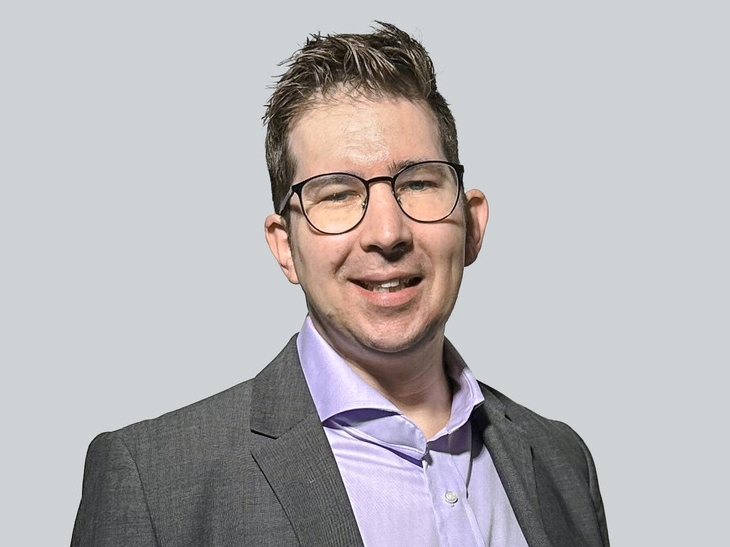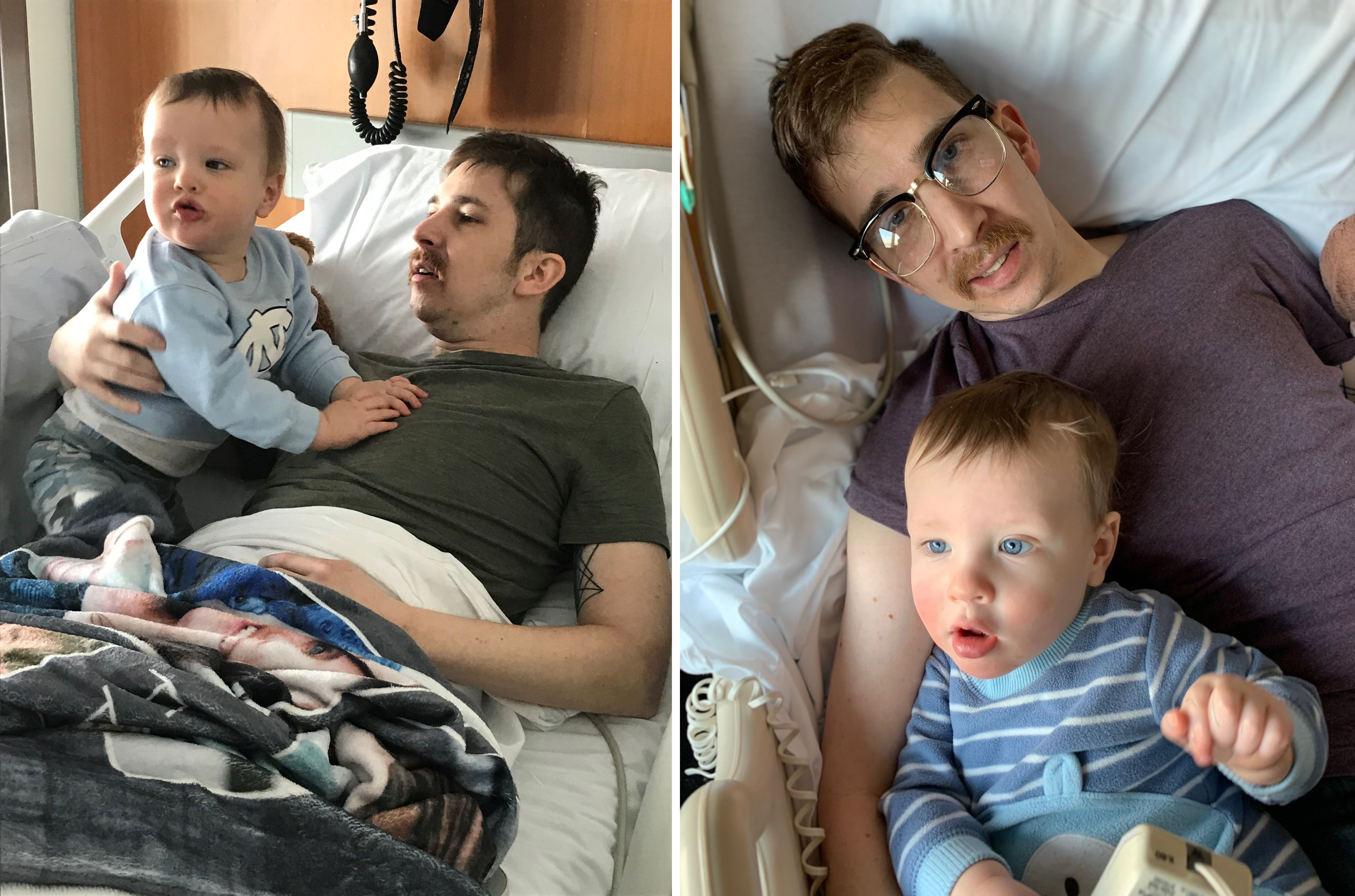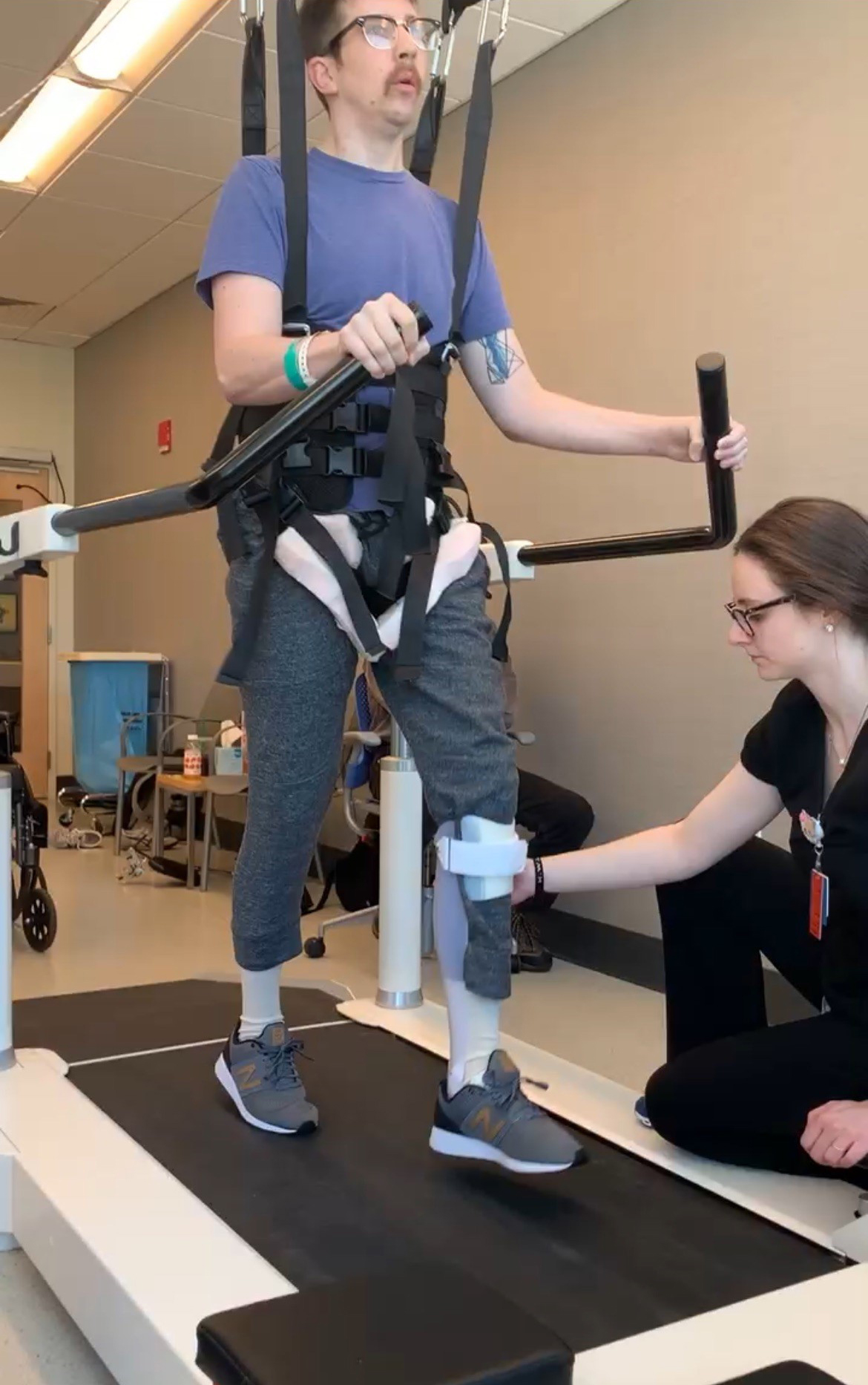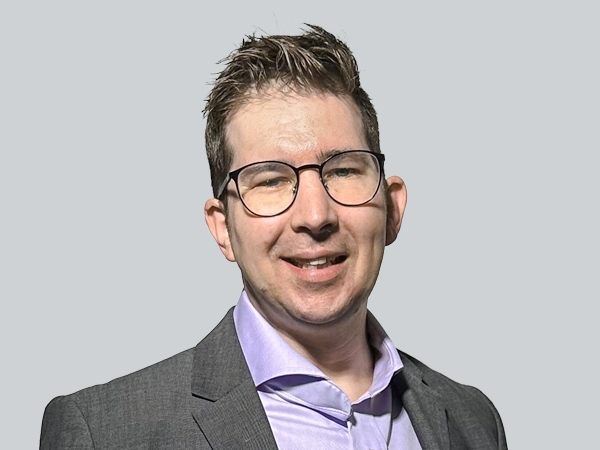
"Not everything that is faced can be changed, but nothing can be changed until it is faced," James Baldwin, writer and civil rights activist
Before I even knew what architecture was, my third-grade teacher asked me to build a house out of index cards. I stayed after school in her room until my mom could get me, and I remember my teacher being somewhat blown away by what I had created.
“You should be an architect,” she said, and I carried that with me.
In middle and high school, my passion for art and creativity grew and I eventually entered the College of Architecture and Urban studies at Virginia Tech. I listened to wind symphonies by Richard Wagner on my headphones while working in studio. My professor was surprised by this and said my preferences were “better than Linkin Park,” and I carried that with me also.
My thesis, Object and Landscape, was a simple, white monolithic cube, a space for reflection, that I placed on a site with rolling hills I found on a random drive through the Blacksburg countryside.
When I became an architect, I maintained my fascination with design but also grew to appreciate the technical aspects of projects, becoming well versed in code requirements and life safety issues. I’ve worked mostly in higher education, designing classrooms, medical, science/technology, and lab spaces.
But it wasn’t until 2019, almost 30 years after building that index-card house, that I truly began to appreciate the implications of architecture and the built environment, after suffering a massive stroke.

One snowy January day, my wife and I were going to run some errands with our 1-year-old son. I went out to the car first to clear the snow and ice. After my wife secured Arlo in his car seat in the back, she saw my face drooping in the rearview mirror. Her mom was a nurse practitioner, so she knew the signs of stroke. She asked if I could use my arms, and I couldn’t. I was drooling from one side of my mouth. She called 911 immediately, and the first responders took me to the local hospital, which transferred me to Massachusetts General.
It was the beginning of a long recovery. Doctors did a procedure to remove a blood clot and get the blood flowing and put me on a blood thinner. I was in the ICU for a week, then a regular hospital, then a rehab hospital. All told, I was in a hospital for about two months.
My stroke had come on suddenly and unannounced. I later learned it was caused by a weird anomaly in the structure of my blood vessels and arteries. Due to its precise location, I did not lose my speech and was able to communicate relatively quickly. But I did have to relearn how to chew, swallow, walk, and use my left hand and arm (which are still not back to full use). I temporarily lost my executive functioning, which includes planning and sequencing, telling time, and multitasking – even now, I am easily over-stimulated.
 My son is now 6, a kindergartener. He’s always loved firetrucks and emergency vehicles, but he quickly learned they do more than make noises with flashing lights. Though they capture many children’s imaginations, my son knows they are very real and have important jobs to do.
My son is now 6, a kindergartener. He’s always loved firetrucks and emergency vehicles, but he quickly learned they do more than make noises with flashing lights. Though they capture many children’s imaginations, my son knows they are very real and have important jobs to do.
The stroke and subsequent rehabilitation impacted my perception of what inclusive and universal design means. Before, I would accommodate and satisfy ADA requirements, which protect people with disabilities from discrimination but cover only the bare minimum. I didn’t fully realize what that meant until I myself was at the mercy of building codes and architects’ empathy.
After becoming disabled, I experienced the built world in an entirely new way. I use push pads now. I fatigue easily when walking down long corridors and navigating giant spaces like airports and museums. Glare is an issue for me. Nearly every facet of my life has changed, and my career with it.
I realize architects and designers are critical to the inclusion and equity movement. The prevalence of disability is vast, and challenges are often caused or exacerbated by spaces that are designed poorly and without compassion.
Now, I understand that architectural design is powerful.
We can enable users or inhibit them; welcome or block them. I try to ensure that every line I draw on every project is a source of good in the world, an avenue to remove barriers to foster a culture of inclusion and belonging.
